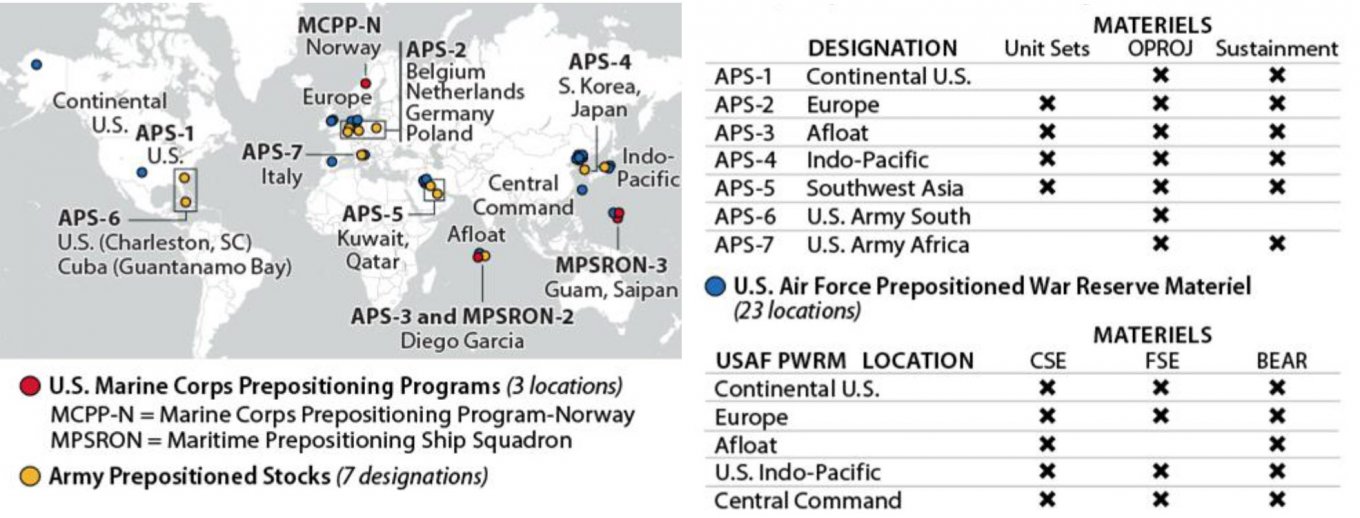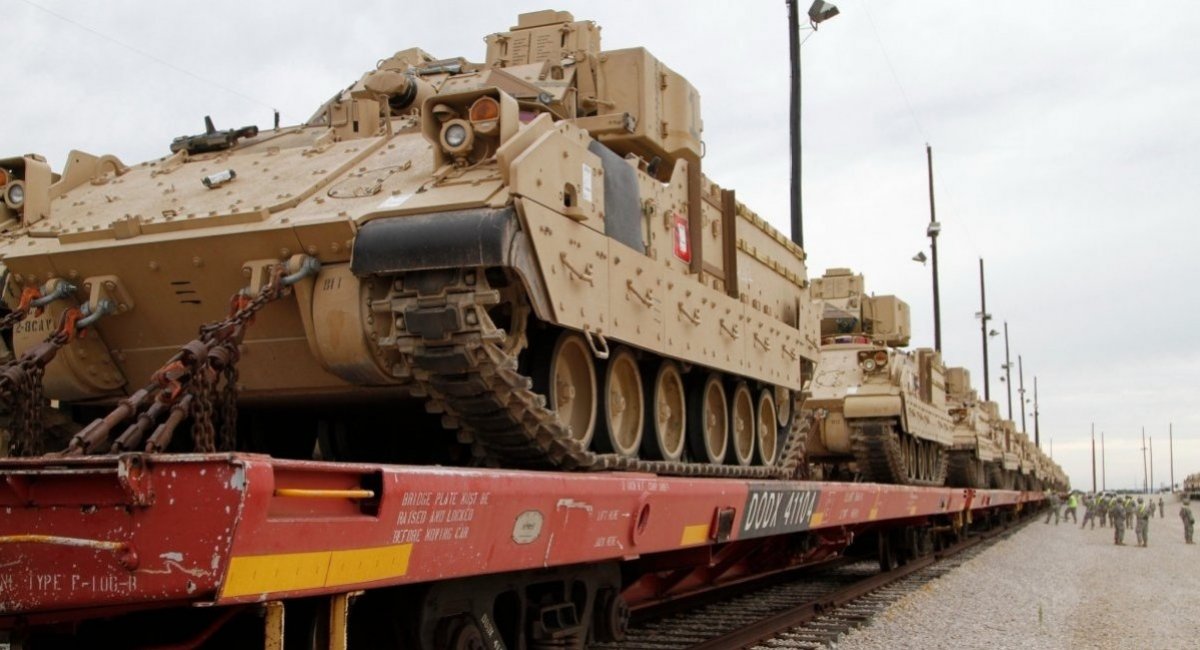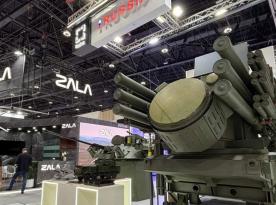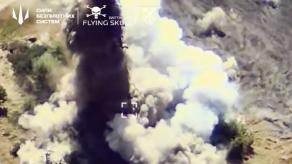Practical experience of sustaining the defensive war of Ukraine against the russian invasion has made the U.S. Army Materiel Command reassess its methods of response to this war and new challenges and threats arising in the Indo-Pacific region.
The shift has already been laid down as a roadmap, and it will be implemented on a global strategic level, not so much even about the way to supply the U.S. Army as the allied forces across the globe. The details were shared by U.S. Army Materiel Command deputy Lt. Gen. Christopher Mohan in an interview to Breaking Defense.
Read more: U.S. Fired Only 60,000 Shells During the Entire War in 1991, Which Explains a Lot

For example, the war in Ukraine showed that having the entire variety of weapons stockpiled is a must. However, maintenance for those weapons comes at a high cost, especially when it comes to tender electronics of high-precision armament.
This problem becomes a matter of production capacity and investments in the defense industry. Because in the end, it all comes down to two potential solutions: either having substantial assets at hand or being able to increase their numbers rapidly in times of need. Officials in the Pentagon are currently debating over finding the right balance between these two efforts.
"Is it a stockpile or is it a production line that’s hot or cold or warm? Is it one or the other? It’s probably a mix," a defense official told reporters last December, as quoted by Breaking Defense.

One potential solution being considered is the localization of American weapons production in partner countries. With production lines established worldwide, the U.S. can be flexible and crank them up relatively quickly if needed. It also helps with weapon repairs and facilitates the creation of an extensive production capacity for U.S. military equipment.
The war in Ukraine has also highlighted the importance of overseas storage bases, known as Army Prepositioned Stockpiles (APS). Currently, there are seven APS worldwide, but the U.S. Army Materiel Command recognizes the need to increase their number.

As Christopher Mohan pointed out, it was Ukraine that provided valuable insight into how a war in the Indo-Pacific could develop in a situation when standard solutions are not applicable.
For instance, since the U.S. Army is restricted from crossing the border into Ukraine, all that American specialists can do is remotely consult Ukrainians on the repair and maintenance of their equipment. The "telemaintenance" in a phone-a-friend model might be critical to supporting the U.S. or allied forces in the "highly lethal, very dispersed battlefield" of the Indo-Pacific, Mohan and his colleagues assume.
This approach aligns with the effort to support Ukraine to "build its own industrial base and its own military industrial base so it can both finance and build and acquire munitions on its own," as announced by U.S. Department of State Spokesperson Matthew Miller this Thursday, January 4th.
The reason the shift is taking place is that the United States recognizes the global need for weapons, the challenge of stretched logistical routes of sustainment, the production capacity issue, and sees an effective way to solve them them by localizing arms manufacturing in partner countries.
Read more: The Warhead of russia’s Kinzhal Aeroballistic Hypersonic Missile Was Neutralized in Kiev (Photo)














